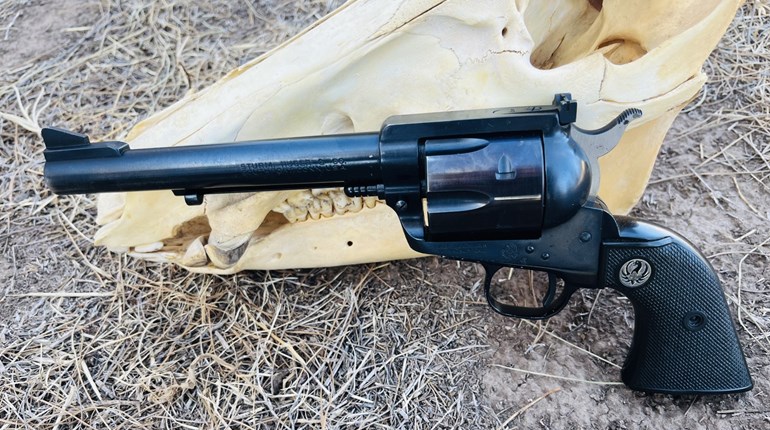
While it is true that being able to draw quickly and hit the target quickly and accurately may solve a lot of problems regarding criminal attacks, it doesn’t solve all of them. Criminals are not entirely stupid and they are going to take every advantage that they can. Chances are good that the experienced crook is not going to give you time to take a solid shooting stance and address the target like they taught at that defensive school. Here are three unconventional defensive techniques that would be worth knowing and practicing.
Shooting with One Hand
There may be a lot of reasons that a person can’t get two hands on his defensive handgun. The support hand, or arm, might be injured at the very outbreak of hostilities. A person might be carrying something, or he might be holding onto something to keep from falling. The support hand and arm also might be busy warding off an attack from an accomplice. It is not enough to just say that, in these situations, one would run his gun with one hand. It has to be practiced. Shots that would be simple with a two-hand hold are not nearly so simple when only one hand is used.
Shooting from the Seated Position
When a person takes stock of how his waking hours are spent, he is often amazed at how much of that time is spent sitting. The fact is that a lot of our time is spent at a desk, in the car, or in that favorite easy chair at home. And, yet, very few take the time to practice from a sitting position. We may find that our body is holding our handgun against the chair. We may also find, in the car, that clearing the seat belt and our covering garment takes way too much time. Practicing from a sitting position helps the shooter identify problems and gives him time to come up with a better way to respond.
Drawing with Your Support Hand
Finally, we may practice shooting with our support hand, but how many of us practice drawing with the support hand? Just as in the first example, the strong hand may be engaged or taken out of play for a variety of reasons. Can you reach across the front of your body, or behind your body, to get a grip on the pistol? Do the retention devices on your holster allow you to access the handgun with the support hand? Hint: A gun carried in front of your body, somewhere between the two hip bones, might be much more accessible with either hand.
These exercises, and others, are not often taught in defensive schools simply because it is hard to do on a line with other students and avoiding someone covering another with a gun muzzle. It would certainly be a good idea to practice them at home during dry practice with an unloaded gun. And there may be no one single solution to these problems due to the fact that body shapes and agility can be quite different. It is important for the defensive shooter to find a technique that works for him and then to practice it until it becomes a habit.
Working to solve these and other problems can give the defensive shooter a whole new outlook on the type of gun that he carries, the type of holster that he uses, and where he wears that combination.



































